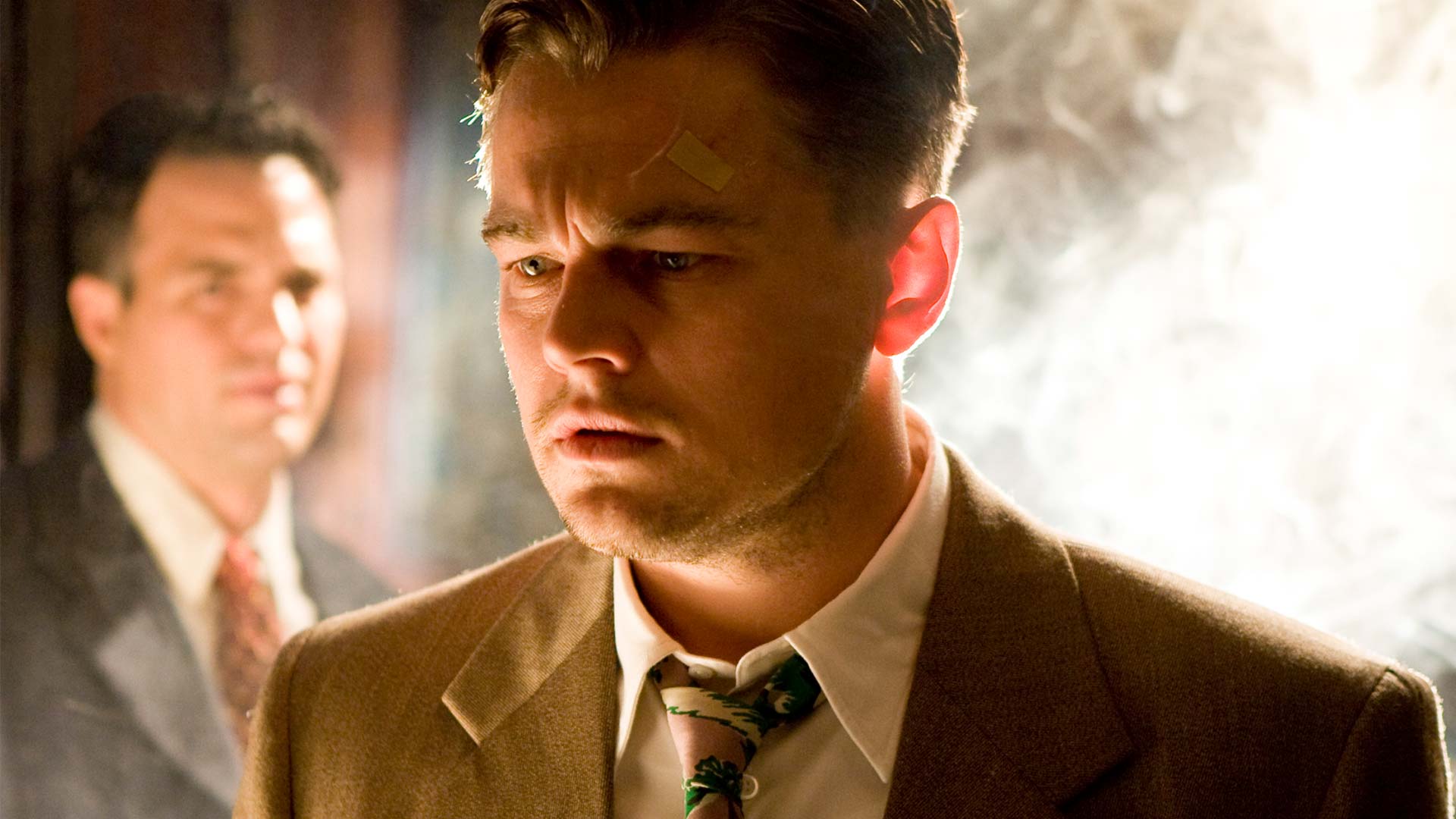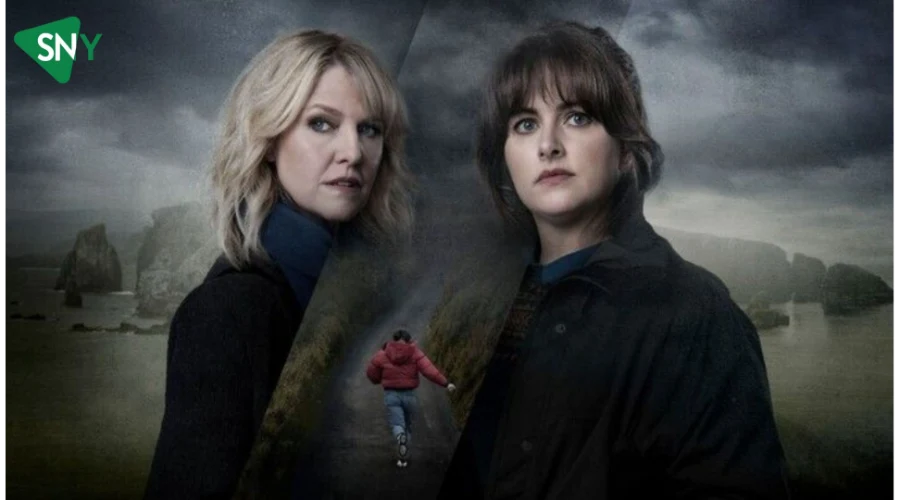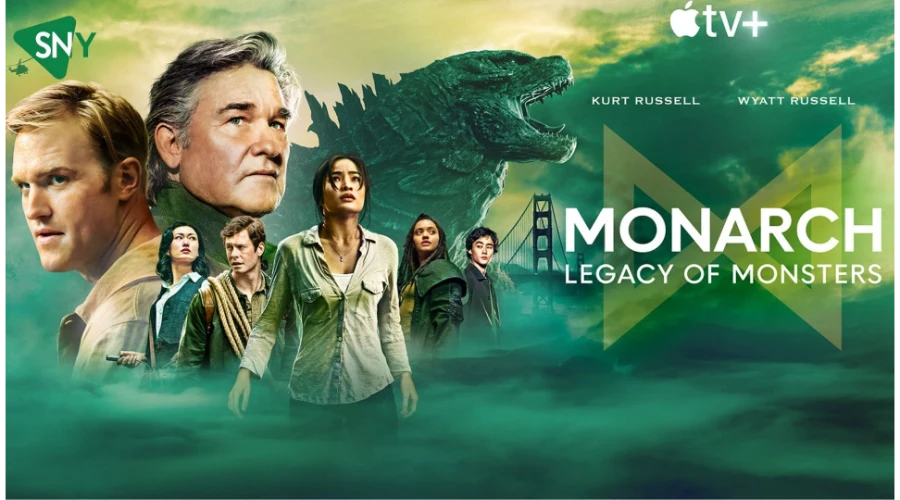The “thriller” subgenre may be the most elusive of all the movie genres that might be available to stream on Amazon Prime, mainly because it encompasses so many different things and Amazon lacks any sort of organizational tool to distinguish between, say, an action/adventure and what might “thrill” its audience.
Therefore, we’ve mostly let the online retail behemoth define what they consider a thriller, from neo-noir to sci-fi, from grim action to blockbuster suspense, for the (admittedly unjustifiable) purpose of picking the best thrillers on Amazon Prime. The thrillers that Amazon Prime offers aren’t always the most accessible or for the faint of heart.
The Silence of the Lamb
The camera clings to her face, perhaps in an attempt to shield her even though she is perfectly safe, or perhaps it is merely an attempt to see inside her, to capture what she sees, and to comprehend why capturing what she sees is so crucial. Jodie Foster, who is only 30 years old, appears much younger when she is surrounded by towering men in The Silence of the Lambs.
These men are staring at her, perplexed by her, and perhaps even wanting to protect her, but more likely, and ironically, they are intimidated by a world that would permit such a feeble being to wander the territory of monsters. Foster portrays Clarice Starling, a future FBI agent, as a warrior who is unsure of her abilities despite having seen more of it than any of us can ever imagine.
The Silence of the Lambs is feminist not because it so thoroughly inhabits a female point of view, but because its violence and fear is the stuff of toxic masculinity. Jonathan Demme, a director who learned from Roger Corman and was able to adopt then instantly shed genres at will, corners Starling within the confines of a “Woman in Peril,” only to watch her shrug off every label thrown at her.
Only two Hannibal Lecter novels by Thomas Harris have been adapted for the screen, but Demme’s film is the first to clearly distinguish between how men perceive Clarice Starling and how serial murderer Buffalo Bill (Ted Levine) initiatives his mental problems onto his victims. Demme (and Harris) connect seeing to transformation to the need to consume, all pursued through a gendered lens.
Hannibal Lector (Anthony Hopkins), a borderline asexual cannibal who literally devours those over whom he holds court, represents this perspective. Buffalo Bill isn’t; as a man, he thinks that by consuming femininity, he can transform into it. He is too naive and self-centered to understand that consumption is deletion and that wanting to protect a woman only requires acknowledging that the World of Men is a weak and evil failure of the very ideals that it seeks to preserve.
Director: Jonathan Demme
Cast: Jodie Foster, Anthony Hopkins, Scott Glenn, Ted Levine
IMBD Rating: 8.6/10
Robocop
All but the most useful blue-collar workers were bleached white by Corporate America during the pejorative “industry” era of the late 1970s and indulgent 1980s. Naturally speaking broadly: Manufacturing was booming, but the “Big Three” domestic automakers in Detroit were forced to take drastic cost-cutting measures in order to survive.
They invested in automation, which of course led to the loss of thousands of jobs, closed several plants, and relocated facilities to “low-wage” nations in order to avoid the skyrocketing gas prices brought on by the expansion of OPEC. The Rust Belt and the Midwest were undoubtedly affected by the impact of such a profound tectonic shift in the very foundation of the auto industry, but Detroit was particularly affected because its very essence seemed to be made almost entirely of exhaust.
But the change left Detroit, whose very being seemed to be made up almost entirely of exhaust fumes, in a perpetual state of decay. Therefore, even though Texas and Pittsburgh were used for filming, the only plausible place for a Robocop to live in Detroit. The tenor of Paul Verhoeven’s first Hollywood film, a nearly peerless, putrid, brazen concoction of social consciousness, extreme violence, and existential curiosity, was clear: A new industrial revolution must occur within the self, not in the ranks of the unions or in boardrooms.
A large portion of the city was already in total disarray by 1987, with Michigan Central Station’s closure and the recognition that Detroit was no longer a major commercial hub still only a year away. Its status as the face of Western Civilization’s demise, however, had not yet gained much traction. Verhoeven shrieked this idea into existence.
He limned Detroit’s decay in ideas about the boundaries of human identity and the absurdity of consumer culture, rendering it tactile, visceral, and immeasurably loud. Instead of pointing to the future Detroit’s hellscape as the arena where the working class will battle the 1%’s greed, Verhoeven passed a Christ-like cyborg and said, The robot cop, to Murphy (Peter Weller), as the arena unto himself.” How are we supposed to save a city like Detroit? It’s a very personal issue in Robocop.
Director: Paul Verhoeven
Cast: Peter Weller, Nancy Allen, Miguel Ferrer, Ronny Cox, Kurtwood Smith
IMBD Rating: 7.6/10
Mission impossible; Ghost Protocol
He is nothing if not a consummate entertainer, which is why we were doing it as well as for our amusement. Bird captures Cruise’s expression of open-mouthed wonder at the malleable specimen he is holding in his hands as Ethan Hunt (Cruise) scales the Burj Khalifa’s exterior.
Bird’s imagination pours from every spectacle, with America’s favorite ridiculous leading man at the center of it all, looking chiseled and genial but also like he doesn’t understand human touch. Examples include the Kremlin imploding with more than a hint of disaster porn footage, Ethan Hunt escaping from a maximum security prison in Moscow, or outrunning an all-consuming sandstorm. Cruise gave this to Bird, and Bird gave it to us.
Director: Brad Bird
Cast: Tom Cruise, Jeremy Renner, Simon Pegg, Paula Patton
IMBD Rating: 7.4/10
No time to die
It’s telling that despite being the longest Bond film ever, Craig’s final outing No Time to Die probably won’t cause as much public self-flagellation as the leaner, meaner Quantum. No Time to Die is neither lean nor mean; it’s a valiant attempt to balance the Bond rituals with the emotional weight of the series finale that these films have been building up with varying degrees of success since 2006. It appears that the reconciliation process is time-consuming: It frequently seems like there are two feature-length films in this one because director Cary Joji Fukunaga is so unwilling to give up on either element of this masterpiece.
The film’s two-track structure is so obvious that many of its plot points seem redundant: Lea Seydoux’s creepy, horror-tinged backstory is briefly revealed in the opening sequence. Bond is jolted out of retirement by Madeleine Swann and a significant action scene. The wait before the opening titles begin to appear feels like thirty minutes. After the closing credits, the story jumps ahead five years, and this time Bond retires in Jamaica rather than Italy.
It is very much the experience of watching No Time to Die and not always in a bad way if it seems like the characters, settings, and plot twists keep coming, and it’s impossible to stop mentioning the other Craig Bonds that have come before. If you can accept that Bond has been saga-fied with connections, callbacks, and plot lines, it’s at least less of a Forever Franchise than the previous films. superhero mythologies are endlessly amusing to themselves.
This film sincerely attempts to bring the longest Craig era in terms of years, but not in terms of total output, together. No Time to Die lacks pantheon-level Bond action sequences despite the skill on display. The big/delayed opener is excellent, Fukunaga directs a strong late-movie one-take stairwell fight, and Cuba is a lot of fun. However, the focus of the film is more on the human condition, which is at once hubristic, encouraging, and unheard of.
Because it’s difficult to determine what, if anything, the film is actually trying to say about a James Bond who has spent the majority of five films beginning and ending, sometimes on a loop, the emotional weight it’s trying to impose on its devoted audience doesn’t always feel earned. However, viewers might welcome the chance to see the show defy its established rules.
For instance, are these performances strong, or are all the good guys simply attractive? This movie was only shot on film, or is it visually lavish? Has James Bond matured or has he simply weathered? No Time to Die wraps up nicely, but the only thing that is certain about it is the final line of the credits: James Bond Will Return. How is it a completely different issue?
Director: Cary Joji Fukunaga
Cast: Daniel Craig, Lea Seydoux, Rami Malek, Ben Whishaw, Lashana Lynch, Naomie Harris, Ralph Fiennes, Jeffrey Wright, Ana de Armas, Christoph Waltz
IMBD Rating: 7.3/10
Master
Some of the oldest institutions of higher learning in the country are built on the economic and ideological remnants of racism. Master is not on hand to perform an exorcism because slavery still looms large over the nation. Mariama Diallo, a writer, and the director make her directorial debut with a haphazard but damning nightmare, following HBO’s excellent Random Acts of Flyness. Her horror is a symbol, a circumstance, and an environment. Locked doors, blaring alarms, and whispers from white people greet Black women on the fancy-schmancy Ancaster campus in New England.
Whether you’re Jasmine (Zoe Renee), who is ostensibly the only non-white student in the incoming freshman class, or Gail Bishop (Regina Hall), a newly appointed Master AKA headmaster breaking that particular office’s color barrier, you can’t help but break down barriers. Type A Jasmine was wide-eyed. Those with wide eyes One of the haunted rooms that seem to be present on every college campus is home to Jasmine and her heavy-browed indie roommate; Gail’s new faculty quarters also bear the scars of the past.
Since the school mascot is a witch and these structures have been standing for several hundred years, perhaps everyone should be on the lookout for the paranormal. But Jasmine and Gail are not being tormented by ghosts. Each circle in Diallo’s chapter-based descent into American history progresses from subtle slights to overt displays of hatred, revealing conflicting but inextricably related experiences. Jasmine is surrounded by pretty tough karaoke partygoers, given the cold shoulder by Black cafeteria staff, and has her academic standing diminished by a Black literature professor (Amber Gray).
Gail maneuvers through prickly professional environments like tenure committees, portrait sessions, and other situations marked by rot. The best scene in the film is when a piece of racist intimidation is cynically and hilariously undercut by a university diversity advertisement. These are the times when Diallo uses Flyness’ weaponized uncanniness to display her skills.
But as the Master’s tone develops, so do the outcomes. Without a doubt, Diallo skillfully tackles difficult subjects and positions her collaborators for success. Hall goes on the rampage, her office’s warmth exploding into an inferno, but the plot and the characters don’t come together in a way that is believable. A third act comes to an audacious end, leaving the audience with a chilling ambiguity that sums up the horror as a whole: Resonant, but with goals that are so diverse that it’s simple to get lost in its shadows.
Director: Mariama Diallo
Cast: Regina Hall, Zoe Renee, Talia Ryder, Talia Balsam, Amber Gray
IMBD Rating: 7.3/10




